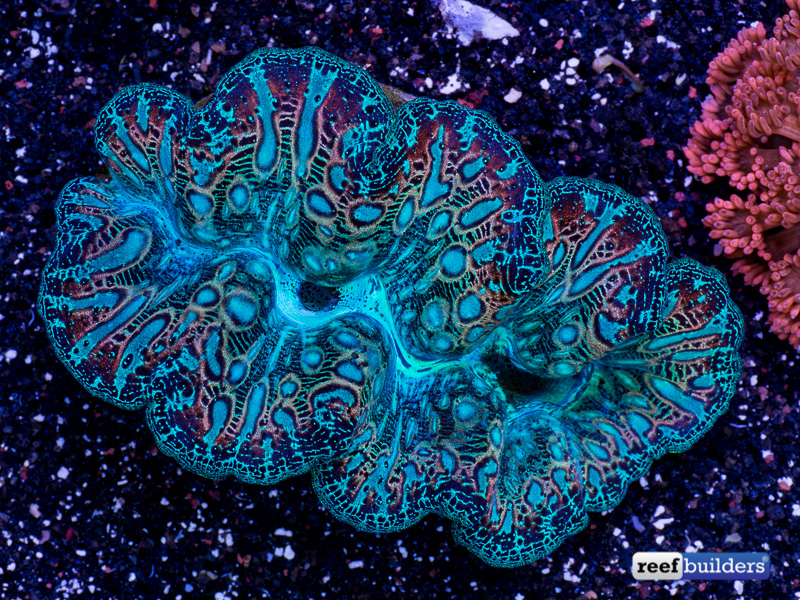Giant clams, like most coral species, survive in a symbiotic relationship with photosynthetic marine algae called Zooxanthellae. And while there are a small number of species which inherit zooxanthellae cells from their parents, the vast majority need to acquire these symbiotic algae from the environment.
It is still mostly unknown how these animals aquire the zooxanthellae, but researchers at Hiroshima University Japan think clam poop has something to do with it.
In a study published in the journal PLOS one, a member of the research team (Shinya Morishima) noticed that the fecal pellets from tridacnine clams contain numerous intact zooxanthellae cells. When the algae were studied under a fluorescent microscope, the scientists observed that they were alive and active, with intact chloroplasts (parts of the cell that perform photosynthesis).

The team then grew juvenile clams in the laboratory and fed them fecal pellets from adult giant clams originally harvested in Okinawa. 34% of the larvae took up the zooxanthellae from the fecal pellets and 5% of larvae established symbiosis with feces-borne zooxanthellae reached, a rate higher than current experimental methods.
This new discovery suggests giant clam poop can supply healthy zooxanthellae cells to coral reef environments. If such zooxanthellae have the potential to be infectious, one of the probable zooxanthellae sources in coral reefs would be identified.
If this could also work with corals, this would solve a complicated bottle neck into coral sexual reproduction. While some coral larvae, especially from brooders are born with their zooxanthellae, a lot of the casting species, need to have their larvaes inoculated with zooxanthellae, which is major settlement condition, and mortality reason. This could be a lead toward better recruitment rate in coral sexual reproduction.
At Reefbuilders, we love clams, and we have one more reason to keep some with in our Reef Tanks.



